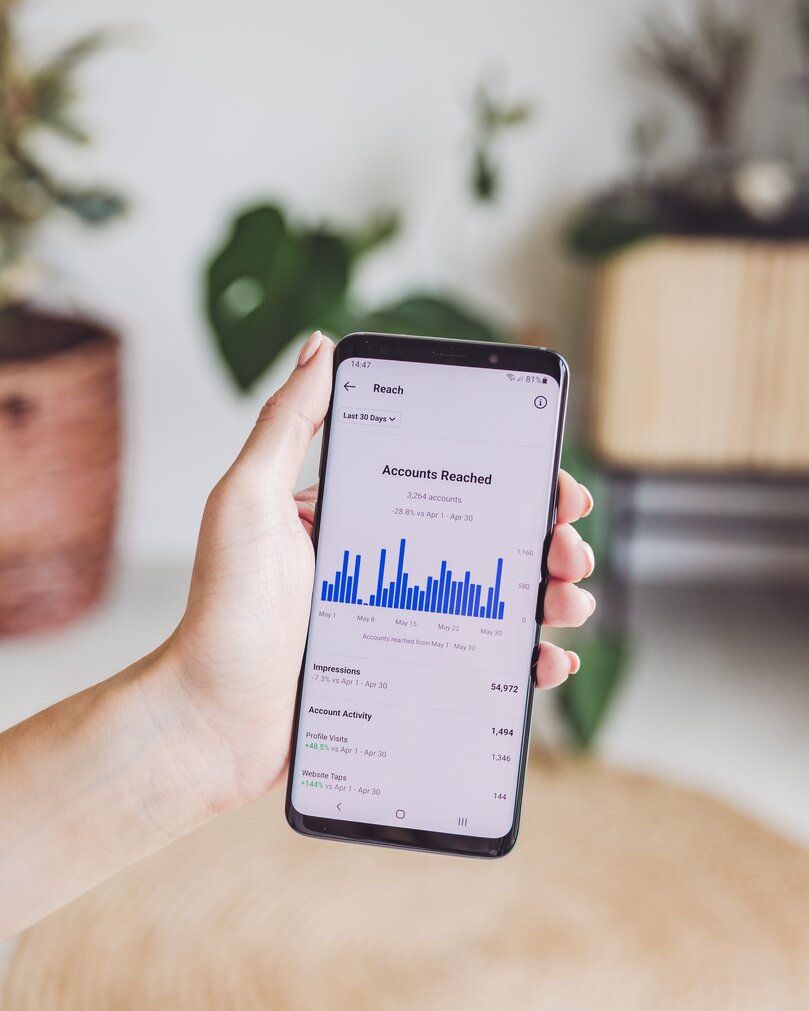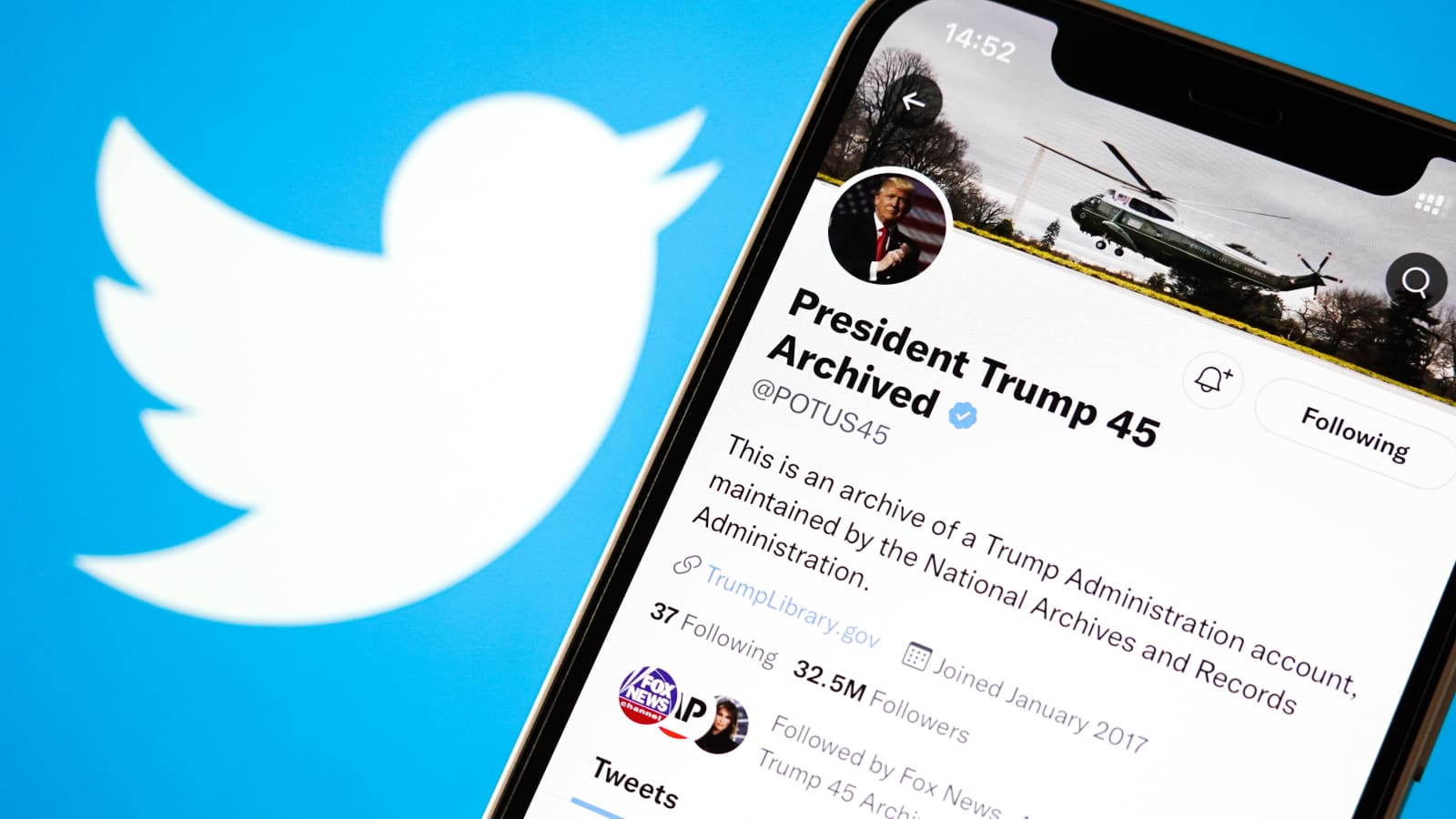
Social media advertising is a potent tool for businesses of all sizes. Social media ads can be a cost-effective way to reach your target audience, drive traffic back to your site, and generate sales leads. But there are some essential things you need to know before launching a social media ad campaign. In this guide, we'll walk through each process step from start to finish so you'll have everything you need to know about running successful social marketing campaigns on Facebook, Instagram, Twitter, and more!
Create a social media marketing strategy.
Once you've determined the type of campaign you want to run and how much you can spend, it's time to create a social media marketing strategy.
An excellent way to start developing your strategy is by identifying the goals of your campaign. You should always know what results you want before starting a social media ad campaign, as this will help inform your decisions throughout the process. For example, if one of your goals is to increase awareness about your brand or product, then Facebook ads are probably not going to be the best place for that—but if one of your goals is increasing sales, then Facebook ads could be perfect for this goal.
You also need to identify who exactly is part of your target audience so that it's relevant when creating content for them (which we'll get into later). It resonates with them on an emotional level. This means knowing not only what age range they fall within but also whether they are parents or single people, interested in fashion or technology, etcetera!
Set objectives and goals.
If you have a specific goal, such as increasing brand awareness or web traffic to your site, then it's important to define your objectives and goals. Your social media ad campaign should align with these objectives and goals. For example, if you're trying to increase sales of a product, then the objective could be to drive clicks through paid ads that lead people directly to the product page on your website.
Suppose you want more engagement with followers or fans of yours across social media platforms. In that case, your objective could be to increase likes and followers by 10 percent by sending them relevant content related to their interests (e.g., photos of new products).
When setting up goals for your company's advertising campaigns (whether traditional or online marketing campaigns), make sure they are measurable so that you can track their success over time and adjust accordingly if needed. Setting measurable goals will allow for better ROI tracking if/when needed later down the road!
Research your target audience.
As a marketer, you know that understanding your audience is the first step to creating effective social media ads. However, this can be easier said than done. As with any campaign, you should start by learning everything about the people most likely to interact with your brand. But what exactly do these individuals need from a company like yours? What problems do they have that could be solved by buying something from your business?
This research will also help determine what types of ad copy are most likely to resonate with these users—and which ones will not. This information will help inform decisions about where and how much money should be spent on advertising on social media channels such as Facebook or Twitter for an ad campaign's ROI (Return On Investment) metrics to reach positive territory over time.
Define your budget.
Before starting a social media advertising campaign, you need to know how much money you can expect to spend. That's where this step comes in.
Setting your budget will help ensure that your campaign is successful and reach all of its goals. This is especially true if your company plans on making more than one advertising campaign over time (e.g., Facebook Ads, Instagram Ads). While the technology may be different between platforms, there are still some basic principles that apply across the board when it comes to setting a budget for social media ads:
- Define your goals and objectives before starting any work on building an ad campaign or buying ads online through platforms like Facebook or Instagram.
- Set realistic expectations for what success looks like from each goal, so there aren't any surprises down the road if things don't turn out as planned! If a goal doesn't meet its target audience size after two months' worth of advertising spend, then reevaluate whether or not it's worth continuing spending money on this particular objective until something changes (e..g.., a new product launch) until another goal becomes more important/more relevant for future campaigns).
Select the right platforms to advertise on.
Once you've determined your goals and objectives, it's time to select the right platforms to advertise on. As with all marketing strategies, you must consider the following:
- Your product or service
- Your target audience
- Your budget
- Your goals and objectives
Choose ad format and style.
- Choose the right ad format.
- Choose the right ad style.
- Create a compelling headline that resonates with your target audience
Write and test your ad copy.
- Write and test your ad copy.
- Make sure you adhere to Facebook's guidelines for good, clear, concise, and compelling advertising copy.
- Use a strong headline; don't just repeat the title of your content or website; instead, use something that will make people want to click.
- Use a strong call-to-action (CTA) or ask people to perform some action with an offer or discount on whatever you promote in your ad campaign.
- Be specific about what exactly you are promoting when writing these ads so that they can be seen by users who are interested in those particular things rather than everyone on Facebook! For example, 'Buy my book now' is better than 'My new book comes out tomorrow.'
We also recommend using a conversational tone throughout the campaign, which helps us connect with our audience more easily and shows them we're human too!
Build a landing page.
Social media ad campaigns are a good way to increase your customer base and sales. However, you need to make sure your landing page is optimized for mobile devices.
Landing pages should be designed specifically for the ad campaign. They should be optimized for mobile devices as well. The goal of any landing page is to convert visitors into leads or customers who have already made an initial purchase.
The best way to do this is by creating a dedicated profile page with relevant content that will entice visitors' interest in making a purchase from you or signing up for a newsletter list, or subscribing at some point in the future when they come across something interesting on social media sites like Facebook, Instagram, and Twitter (to name just a few).
Market your landing page for higher conversions.
> Market your landing page for higher conversions.
After you've launched a social media AD campaign and sent traffic to your landing page, you'll want to make sure that visitors convert into leads or sales. Here are some tips for doing so:
- Use social media. People are online all day long, so your landing pages must have an easy way to share on social media platforms like Facebook and Twitter. This can be done with buttons at the top of each page or by embedding videos from YouTube and other websites. It would help if you also created ads that link directly back to these pages so they're easily accessible while people are browsing through their feeds or newsfeeds.
- Use email marketing. Email subscribers tend to convert better than non-subscribers because they're already familiar with (and have shown interest in) your brand—they need an extra nudge before making a purchase decision! So having an email list is crucial if you want successful sales results from any ad campaign—especially one focused on social media advertising."
Launch your ads on social media platforms.
Launch your ads on social media platforms.
With the launch of your ad campaign, you'll need to select a platform to start with. You can also create an ad campaign and select an ad format. Once you've chosen the place where your ad will appear and how many people will see it, it's time to set your budget and select targeting options such as age range and location (if applicable). Once all those options have been selected, it's time to create your ad!
Selecting a platform
All social media platforms have strengths and weaknesses regarding advertising capabilities, so choose one that best suits your business goals. For example, suppose you're looking for engagement or brand awareness rather than direct clicks on products or services. In that case, Facebook may be better suited than Twitter because followers are likelier to share content from friends than from companies they follow directly (and therefore view more often).
Conclusion
Following the steps outlined in this article, you can create a successful ad campaign that reaches more customers on social media. If you want to learn more about what types of ads work and which don't, check out our blog post on how to make your Facebook ads stand out.


